L-histidine can improve meat quality and animal performance
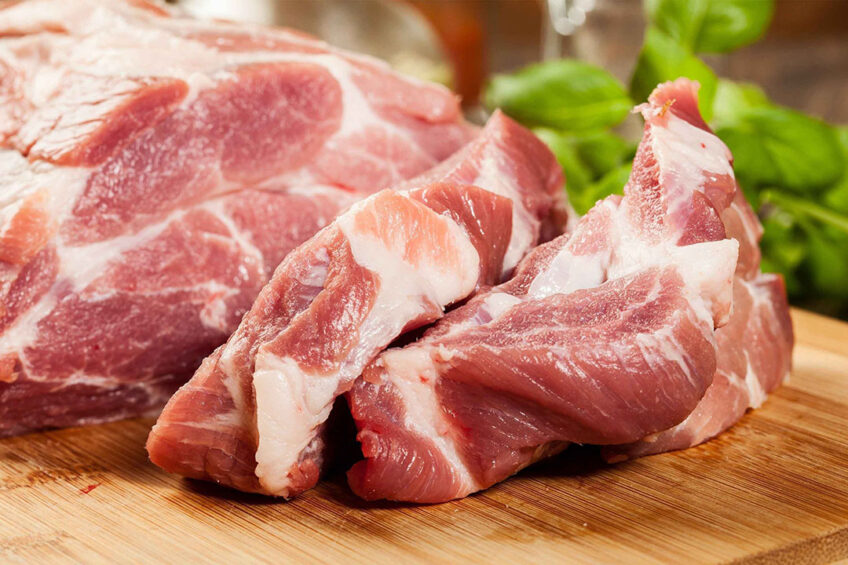
L-histidine increases the carnosine content in meat and can improve meat quality and enhance antioxidative capacity in tissues. It could be a new tool for the industry to optimise their animal’s performance and produce premium meat for consumers.
In barley rich low crude protein (CP) rations, histidine is usually limited after valine and isoleucine. Besides the usage of histidine to maintain optimal animal performance, histidine has several other interesting functional roles. Primarily interesting is its potential to improve meat quality.
Carnosine as antioxidant and pH buffer agent
The amino acids beta-alanine and histidine forms together a dipeptide called carnosine. Carnosine can be further methylated to other histidine-containing dipeptides, namely anserine and balenine. The content of histidine-containing dipeptides (HCD) in muscles varies strongly between species. Remarkable, humans only have carnosine, while the other mammalian species have at least one other HCD (Figure 1).
There is accumulated evidence that carnosine act as an antioxidant under physiological conditions as well as in models of induced oxidative damage. The role of carnosine as a pH buffer in skeletal muscle is already known for more than 70 years and it has been proposed that carnosine may account for about 40% of the total buffering capacity in the muscle. However, the exact contribution strongly depends on muscle type and animal species.
Increasing the amount of carnosine content
That an increased dietary L-histidine content can effectively increase the amount of carnosine in the muscle tissue is proven in broilers. However, using blood meal failed to show comparable results in pig meat. Blood cells have high amounts of histidine and high amounts of leucine and phenylalanine. Thus, these amino acids might have inhibited each other when competing for the same transporter. In broilers, carnosine content of breast meat was enhanced by using either 4 % spray dried blood cells (SDBC) as a histidine rich raw material or 0.22 % supplemental L-histidine. Noticeable that growth performance was negatively impacted by SDBC. The carnosine content was significantly higher in the L-histidine supplemented group in comparison to the groups which received SDBC or control, respectively.
Carnosine and meat quality
In swine, especially muscles with high industrial importance like M. longissimus dorsi are known to have a high content of carnosine. Carnosine may have a positive effect on the quality of meat because of its role as an antioxidant and a pH buffer. In a study with finishing pigs, the addition of carnosine enhanced the meat quality by decreasing drip losses and reducing malondialdehyde and carbonyl protein complexes concentrations in muscle tissue. At the same time, the antioxidants enzymes increased, proving an improved antioxidative capacity of tissues. Furthermore, the redness value increased with increasing carnosine content, which can be especially interesting for premium products like ham.
Kralik et al., 2015 investigated the influence of dietary L-histidine on carnosine concentration in broiler muscle and its effect on carcass and meat quality. For this purpose, a control feed was supplemented with 0.1 %, 0.2 % or 0.3 % L-histidine and fed to 2 broiler breeds (Cobb 500 and Hubbard Classic). With increasing L-histidine supplementation, the carnosine concentration in breast muscle was significantly improved. Interestingly, Cobb 500 broilers deposited more carnosine in the meat than Hubbard broilers, suggesting that carnosine production may also be influenced by genetic. Other studies also confirmed an improvement in meat tenderness, a decrease in the amount of thiobarbituric acid reactive substances, and an increase in total antioxidant capacity of meat with an increase in carnosine content of muscle.
L-histidine: A new tool for the industry
L-histidine increases the carnosine content in meat. Additionally, L-histidine improves meat quality, reduces drip loss, improves colour values, and enhances antioxidative capacity in tissues. Thus, histidine is a new tool for the industry to optimize their animal’s performance while producing a premium meat for the final meat consumers.
Literature available on request
Author:
Dr Diana Siebert, Technical center, CJ Europe GmbH
 Beheer
Beheer

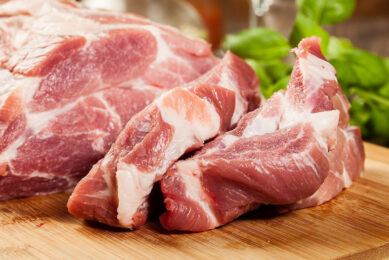
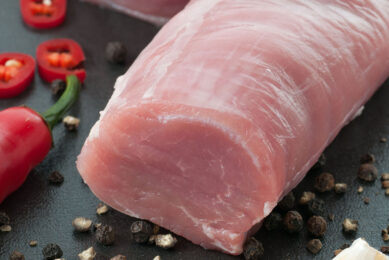
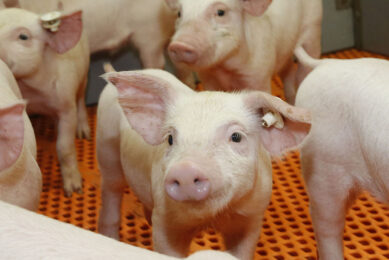
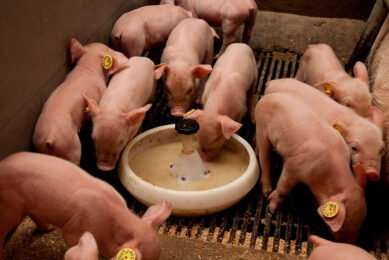
 WP Admin
WP Admin  Bewerk bericht
Bewerk bericht